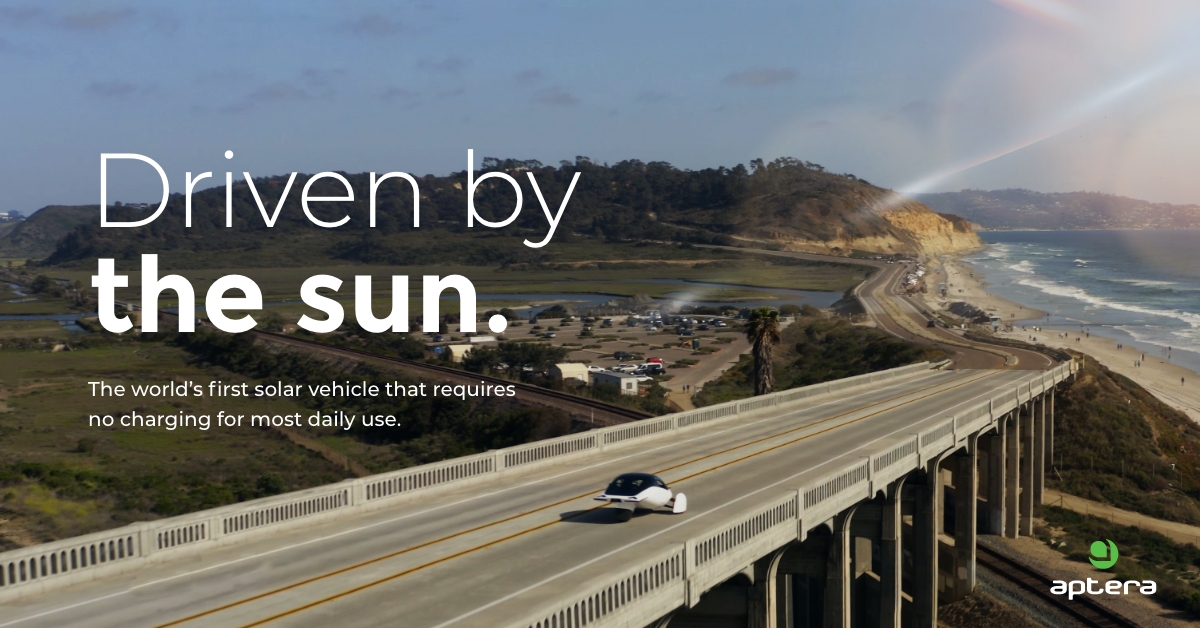50ShadesOfDirt
Solar Enthusiast
- Joined
- Jan 8, 2021
- Messages
- 442
Coming at it from a slightly different angle ... everything in your house is always on ...
Wall-warts and various other SMPS power supplies, electronic devices that never really sleep, usb charging stations to keep all your phones & usb things topped off ... fridges, freezers, coffee pots and other appliances that don't really turn off anymore and have their own SMPS power board inside them. The list is endless ...
Then, there's people ... these aren't appliances, or SMPS, or anything that consumes idle power, these are folks (wife, two daughters) who go around flipping things on and never turning them off, and who always manage to find a way to power on 10 things at once, in combinations you never dreamed possible. For a short while, I tried tracing phantom excessive loads, and it always led back to a hair curler, a heating blanket, or any other thing that you can't really argue with, because they always win the argument.
If I look at the load being reported by the inverter, there are always amps being consumed, any time of the day or night ...
Given that, and given that few of us will really monitor all of these things, with on/off switches in front of them to ensure they are really off, I'd just focus on getting your solar gear sized right, over-panel enough to cover the baseline of what it takes for *your house at idle*, and leave the inverter on all the time.
If panels aren't covering it, fire up the genny or attach the grid for recharge ...
Now, there is that one or two times a year when all the women-folk leave the house for a week-long vacation to visit the out-laws ... for that brief, glorious amount of time, everything runs the way it is supposed to, and was designed for ... efficiently ... the house is even quiet!
YMMV, but I wouldn't add up the watts, I'd add up the other family members in the house, and design from there ...
Wall-warts and various other SMPS power supplies, electronic devices that never really sleep, usb charging stations to keep all your phones & usb things topped off ... fridges, freezers, coffee pots and other appliances that don't really turn off anymore and have their own SMPS power board inside them. The list is endless ...
Then, there's people ... these aren't appliances, or SMPS, or anything that consumes idle power, these are folks (wife, two daughters) who go around flipping things on and never turning them off, and who always manage to find a way to power on 10 things at once, in combinations you never dreamed possible. For a short while, I tried tracing phantom excessive loads, and it always led back to a hair curler, a heating blanket, or any other thing that you can't really argue with, because they always win the argument.
If I look at the load being reported by the inverter, there are always amps being consumed, any time of the day or night ...
Given that, and given that few of us will really monitor all of these things, with on/off switches in front of them to ensure they are really off, I'd just focus on getting your solar gear sized right, over-panel enough to cover the baseline of what it takes for *your house at idle*, and leave the inverter on all the time.
If panels aren't covering it, fire up the genny or attach the grid for recharge ...
Now, there is that one or two times a year when all the women-folk leave the house for a week-long vacation to visit the out-laws ... for that brief, glorious amount of time, everything runs the way it is supposed to, and was designed for ... efficiently ... the house is even quiet!
YMMV, but I wouldn't add up the watts, I'd add up the other family members in the house, and design from there ...






